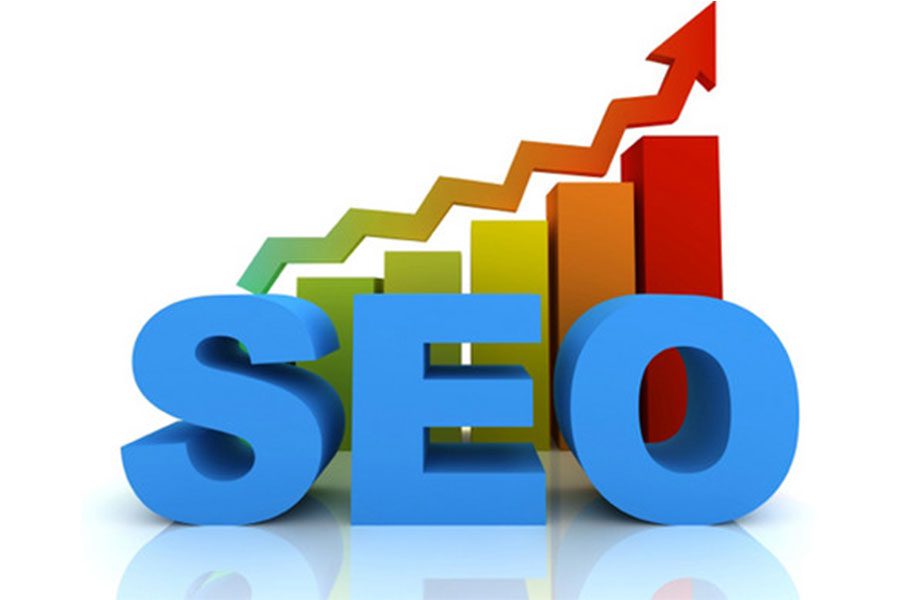
Want to know how digital marketing affects consumer behavior? If yes continue reading this guide. Digital marketing’s advent has had a profound impact on the market. It has made it possible for businesses of all sizes to compete on a global scale.
In the year 2022, conventional companies are coming to the realization that embracing digital is no longer a choice. During the lock-down, practically all marketing channels became digital, and the impact of digital marketing on consumer behavior is altering the industry by compelling firms to modify their approach and strategy for digital marketing.
Businesses from all around the globe are in need of customer behavior. As a consequence, they are always looking to enhance their customers’ shopping experience, which in turn will lead to an increase in sales.
They may learn more about market expectations thanks to studies on consumer behavior. They may also use it to help them create enhancements that will help customers make better purchase choices in the future.
Well, that’s not all, in this article, we will be looking at how digital marketing affects consumer behavior. So ensure you read to the end.
What is Consumer Behaviour
How Digital Marketing Affects Consumer Behaviour? Consumer behavior is the activity of understanding and studying people, groups, or organizations and all of the actions that are related to the purchase, including how the customer journey flows, consumer usage and disposal of products and services, and how the consumer’s emotions, attitudes, and preferences impact purchasing behavior.
Businesses throughout the globe rely on consumer behavior data. The reason for this is that they are always trying to find new and better methods to make their shopping experience better and so increase their sales.
Market expectations can be learned via consumer behavior research. It also aids in the development of improvements that assist clients in making better purchase choices.
Clients’ purchases, locations, and times of purchase are all included in the research. It also reveals information about their purchasing habits, frequency, and other factors.
Digital Marketing
There are a wide variety of digital media outlets that can be used to promote a product or service in the field of digital marketing. Digital marketing is distinct from conventional marketing since it allows for two-way contact between organizations and potential clients. As a result of this two-way communication, the products/services/brands and their (potential) consumers may co-evolve together. Connect, Continuously Engage, and Convert is a strategy used by digital marketers to make use of the new possibilities created by two-way communication and improve marketing results.
With the introduction of Digital Marketing, the polarity of customer behavior and marketing strategy is shifting in the other direction. There are several ways in which this reverse impact expresses itself on consumers. It’s all solely about how digital marketing affects consumer behavior and some of them will be covered in this article.

How Digital Marketing Affects Consumer Behavior
1. Customers became Savvy Researchers
Digital marketing has had a significant impact on consumer behavior, as consumers who used to go to the first store they saw are now doing their research online the day before they go to the actual store, reading reviews, comparing pricing, and searching for comparable items.
Consumers’ demands for fast, effective service have more than doubled as a consequence of technological developments. Internet user reviews and forums provide them with honest, unbiased feedback on products and services.
2. Customers gains access to more information about product options
There is a wealth of information regarding a product’s features and benefits that may be accessed via the use of a computer mouse or a smartphone. The exchange of information occurs through marketplace listings, reviews, ratings, blogs, etc.
By doing their own research, customers are able to compare and contrast the many products available on the market in detail. As a result, the purchasing choices have grown more informed, and the possibility for information asymmetry has decreased.
3. Changes in customer loyalty paradigm
Consumers may now make better-informed purchases because of the ease with which they can research and order a wide range of products and brands. Online resources have made it easier for consumers to compare product alternatives, taking into account criteria such as features, quality, customer service, discounts, and pricing, thereby reducing the relevance of loyalty in consumer decision-making. Competition in the marketplace has become fiercer as a result of this new equal playing field between established and upstart firms.
4. A reliance on uniqueness and individuality
A digital marketing-enabled organization, operating at the intersection of e-commerce, data analytics, and artificial intelligence, is able to forecast consumer preferences and needs and give a tailored platter of products to each unique customer. As a result, customers have an easier time making purchasing decisions because of the convenience of the tailored shopping experience. Businesses and brands that provide a more customized customer experience tend to be preferred by customers.
5. Improved Customer Interaction
Customers now have the power to create and destroy brands thanks to social media platforms and consumer forums. User behavior is influenced by word-of-mouth, which is still the most important element. To make matters worse, the number of likes and comments on social media only serves to encourage this trend.
6. Unplanned purchases are becoming more common.
In comparison to more conventional forms of advertising, such as print and television, digital marketing provides better and more consistent access to customers via mobile devices. Personalized advertising and sophisticated discounting models are also used by digital marketers to entice customers and give tempting deals/discounts. As a result, customers are more likely to make impulse purchases since they have more options and better discounts to choose from.
7. The growing significance of online word-of-mouth advertising
Word-of-mouth marketing has grown in significance due to the fact that potential customers can now acquire product evaluations from more individuals than they could in the pre-social media era, thanks to the creation of a world that is linked like never before. When it comes to making purchasing decisions, potential buyers often rely heavily on product and service evaluations found on the internet. Another aspect of this issue is the rise of review sites and influencer marketing.
Conclusion
The development of digital marketing possibilities has fundamentally changed how digital marketing affects consumer behavior and organized a digital ecosystem that is focused on the customer. Professionals that have completed a digital marketing online course will be able to give these services to consumers without issue.
Digital marketing has ushered in a new age of connection between customers and companies that have never been seen before. In some circumstances, customers have gained more control over brands, while in others, the reverse has occurred. As the technology environment continues to undergo more change, it will be fascinating to see how digital marketing affects consumer behavior will develop in the years to come.


